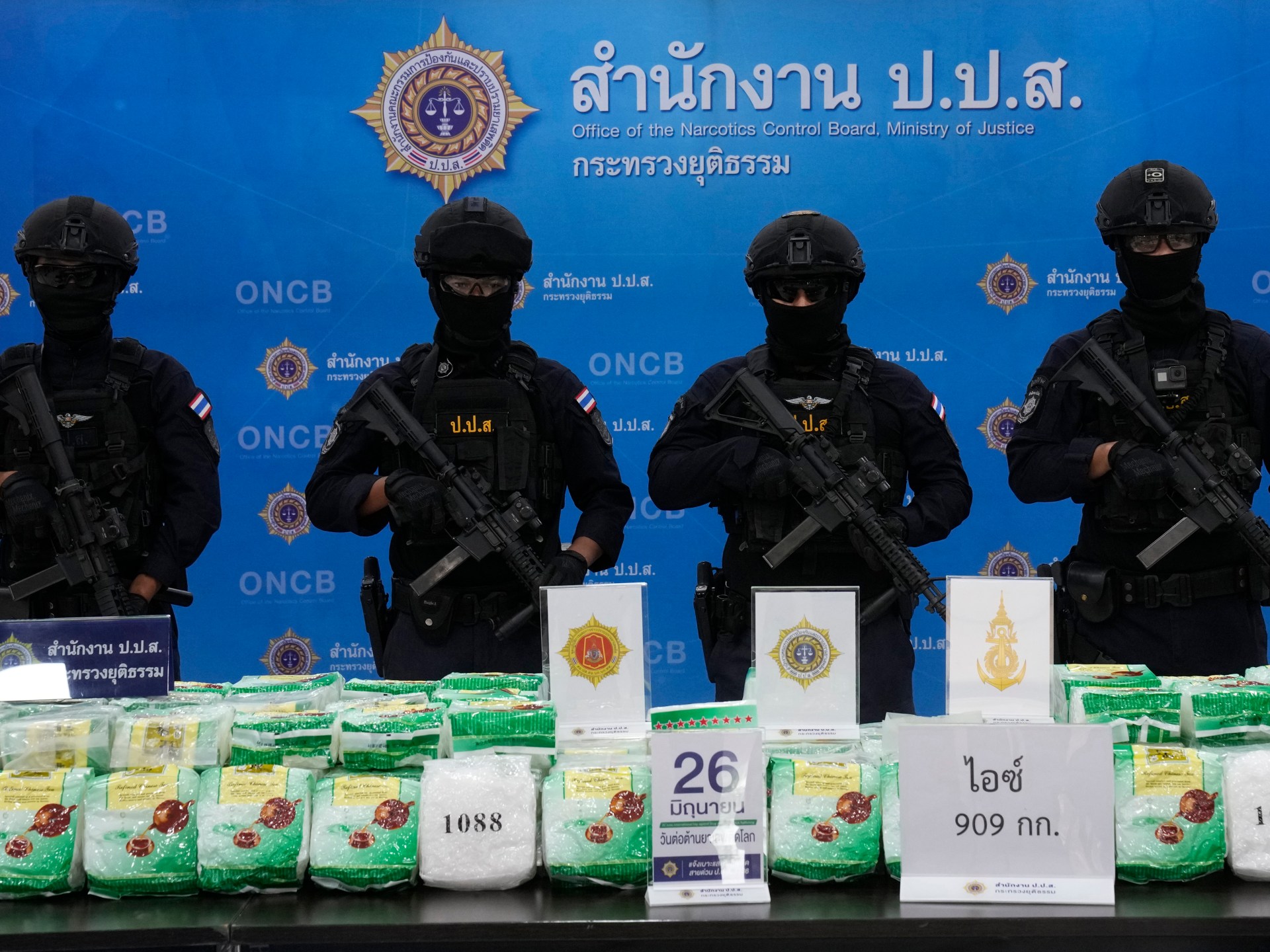In the East and Southeast Asia regions, a record 236 tonnes of methamphetamine were seized last year, according to the UNODC, which represented a 24% increase over the previous year’s seized amount.
The UNODC reported that trafficking in Laos and Cambodia from Myanmar’s lawless Shan State is rapidly expanding, despite Thailand being the first country in the region to seize more than 100 tonnes of meth in one year last year, intercepting a total of 130 tonnes.
Benedikt Hofmann, UNODC’s acting regional representative for Southeast Asia and the Pacific, stated in a statement that “the 236 tons only represent the amount seized; much more methamphetamine is actually entering the market.”
While these seizures demonstrate some effective law enforcement initiatives, Hofmann noted that the Golden Triangle’s production and trafficking are clearly at an unprecedented level, particularly in Shan State.
In addition to thwarting attempts by regional law enforcement to combat the booming trade in synthetic drugs, transnational drug gangs operating in East and Southeast Asia are also showing “remarkable agility.”
The grinding civil war that broke out in Myanmar in the middle of the 20th century also provided favorable conditions for the expansion of the drug trade.
According to the report, “Since the military took control of Myanmar in February 2021, flows of drugs from that country have soared across both East and Southeast Asia and increasingly into South Asia, particularly Northeast India.”
Inshik Sim, the UNODC’s lead analyst for Southeast Asia and the Pacific, reported that the nations that border Myanmar are establishing important routes for the production of drugs in the Golden Triangle.
Sim cited the acronym People’s Democratic Republic, which is a part of Laos’s national identity, as saying that “the trafficking route connecting Cambodia and Myanmar has been rapidly expanding.”
According to him, “Sabah in Malaysia serves as a crucial transit hub” while another increasingly significant corridor includes maritime trafficking routes linking Malaysia, Indonesia, and the Philippines.
In addition to integrating with other organized crime activities, the ever-evolving, cell-based transnational organized crime organizations with roots in East and #Southeast Asia are increasingly adopting technologies across the entire drug supply chain.
More information is available at https://t.co/oL416cuZJ3 pic in our most recent report. twitter.com/pqUfX5FmnF
The UNODC report also points out that while the majority of the countries in the area have reported a general increase in the use of methamphetamine and ketamine, a potent sedative, some countries have reported a rise in drug use in the older age group.
According to the UNODC report, “some nations in the region, such as Malaysia, Singapore, and Thailand, have experienced consecutive increases in the number of older drug users while the number of younger drug users has decreased,” adding that the age trend needed to be further investigated.
According to Hofmann of the UNODC, targeted drug use prevention campaigns may be to blame for the decline in the number of younger drug users receiving treatment.
Source: Aljazeera

Leave a Reply